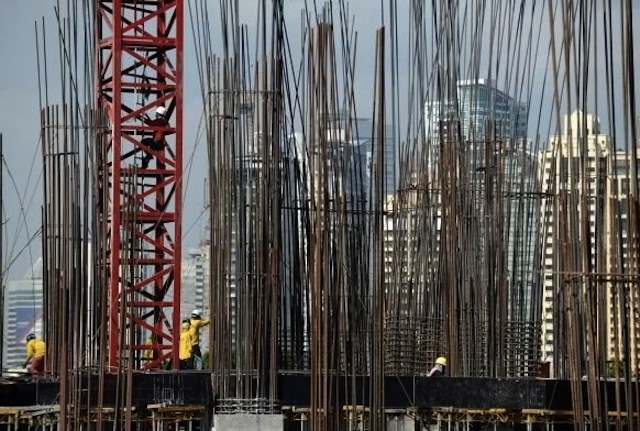MANILA – Philippine banks are well-positioned to support lending for the government’s big-ticket infrastructure projects, an analyst at S&P Global Ratings said, as lenders seek better returns for the wads of cash they now hold.
“Philippine banks have both the capitalization and the liquidity to fund those large infrastructure projects… There is more headroom for growth. Capitalization is not a problem and they are sitting on a lot of liquidity as well,” Ivan Tan, director for financial institution ratings at S&P, said in a webcast last week.
“When infrastructure projects do get rolled out, Philippine banks will be pleased to participate.”
The current government plans to spend some P8.44 trillion for public infrastructure projects until 2022, with the goal of improving connectivity and ease of doing business in the Philippines. The projects will be funded by a mix of government funds, foreign development loans and corporate borrowings.
The debt watcher said local financial institutions have more than enough funds that are ready to be deployed for projects, as banks also look for opportunities to generate better yields at a time of low interest rates and excessive liquidity.
Bank lending surged by 19.7% in July from a year ago, bulk of which were channelled to production activities led by companies.
Consumer loans also picked up by 22.3%, with bigger credit lines for car loans, credit card loans, and salary-based borrowings, according to central bank data.
While lenders search for better returns, Mr. Tan noted that banks remain generally conservative in handing out credit. “The risk appetite of Philippine banks is generally quite low. They tend to lend to large, family-owned conglomerates… The downside on this is yields are also quite low,” the credit analyst said.
As a result, banks are reaping “average” profit margins compared to “very high” growth enjoyed by the Philippine economy.
Mr. Tan said that, for now, credit concentration on conglomerates is not a serious concern. Neither is the fact that banks are now vigorously going after the consumer and retail segments for better yields, Mr. Tan said.
S&P has described the Philippines as an “outlier” among peers with its improving asset quality, with local banks holding more than enough capital, ample provisions to prevent defaults and strong government support.
The Philippines holds a “BBB” rating — one notch above minimum investment grade — with a “stable” outlook from S&P, which affirmed these assessments of the country last April.

